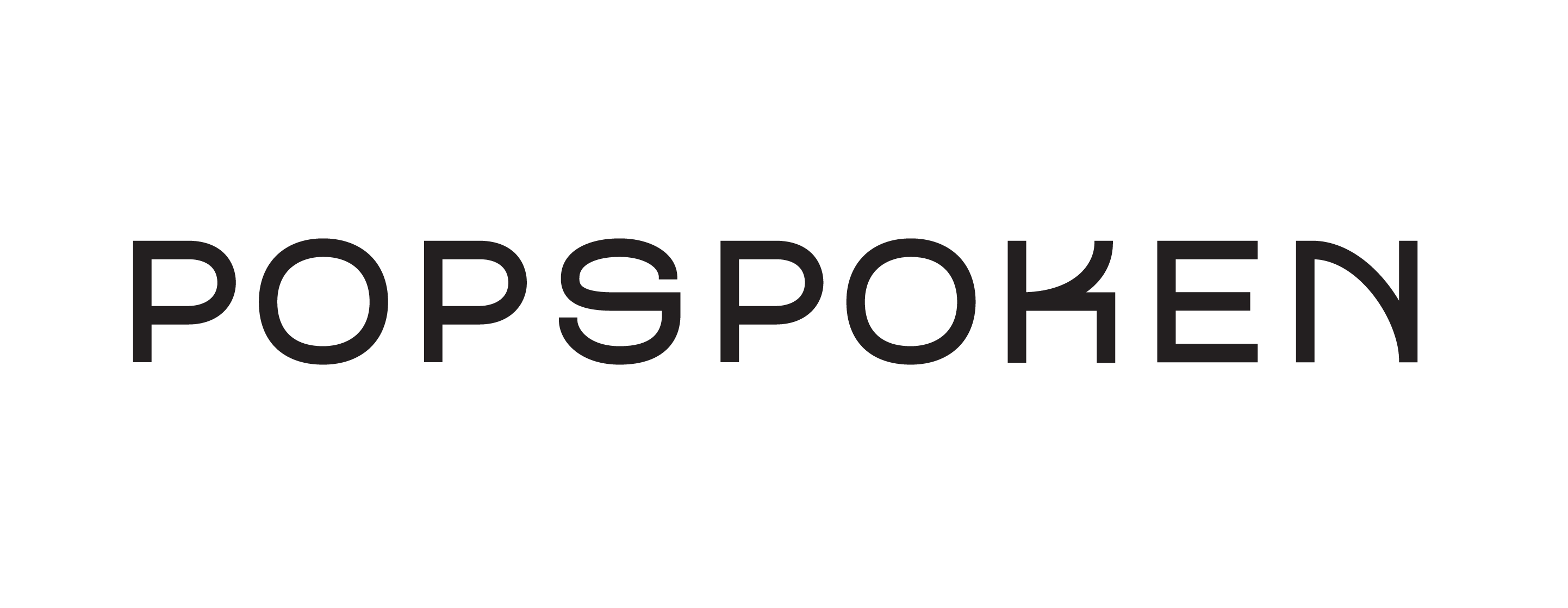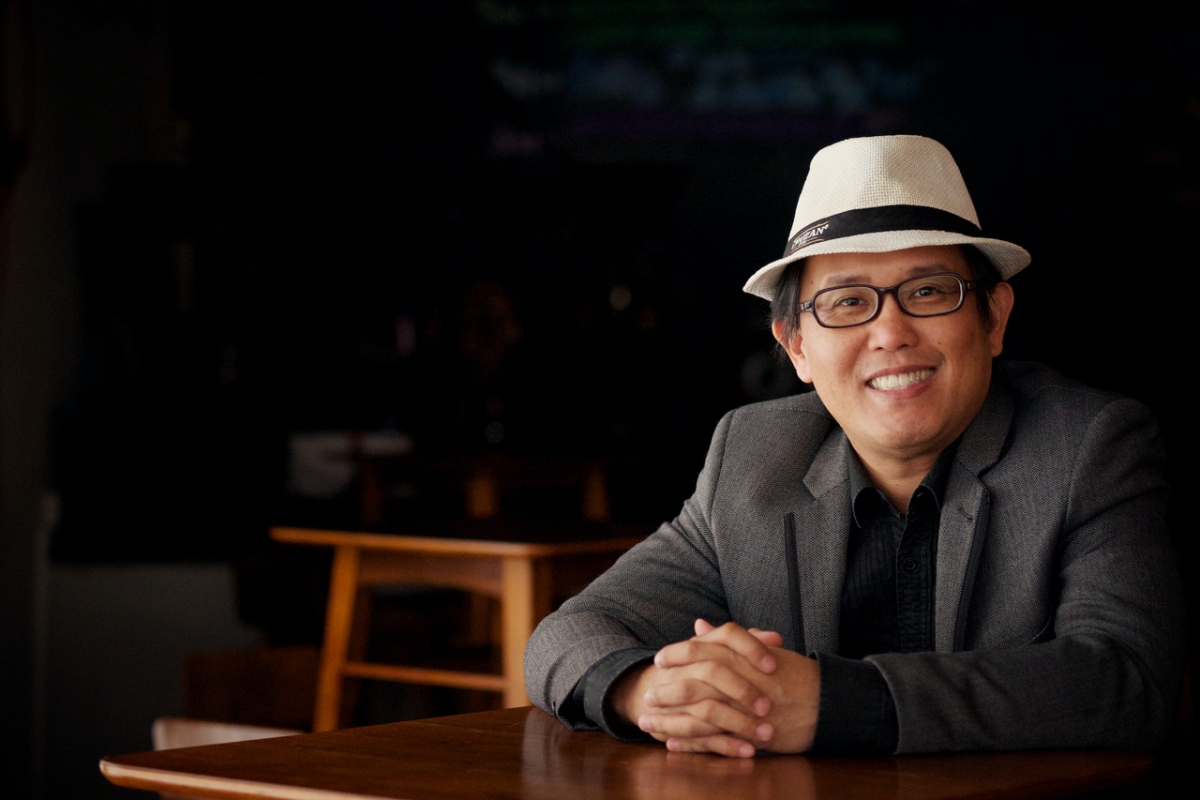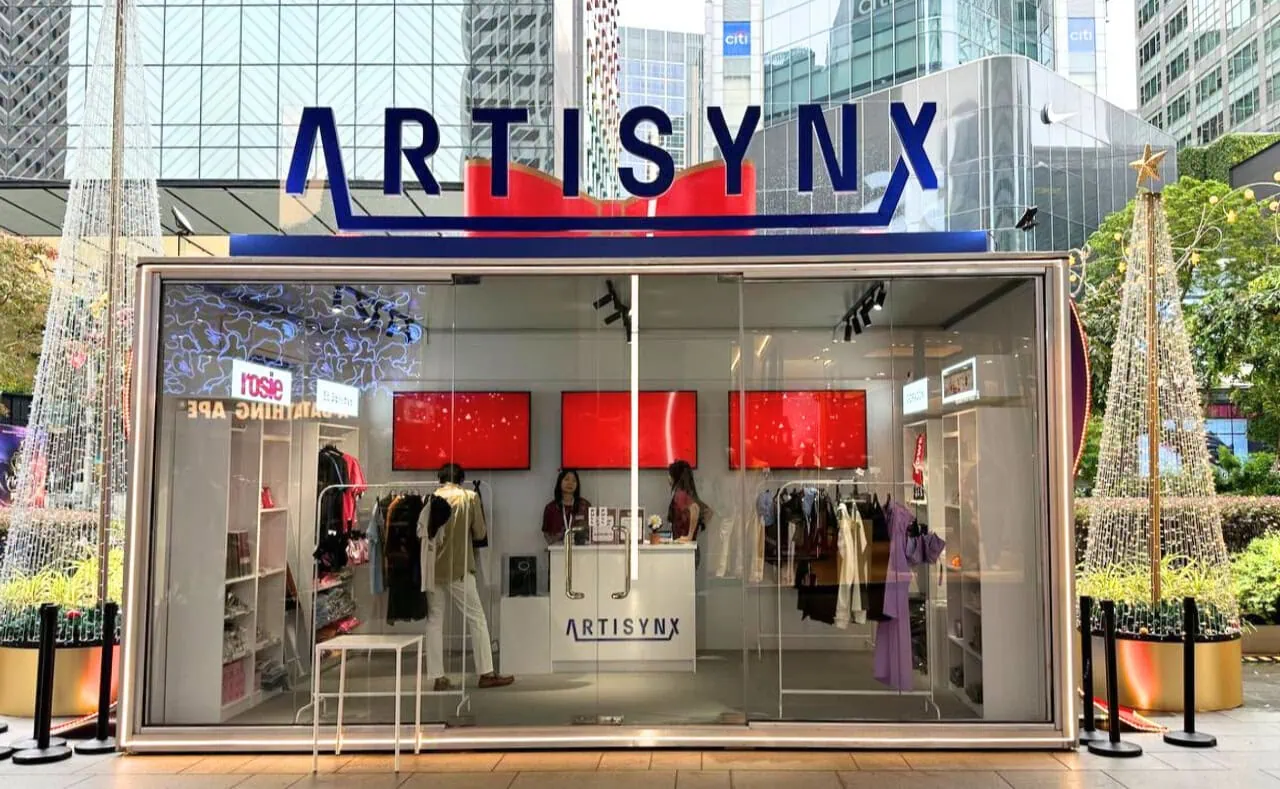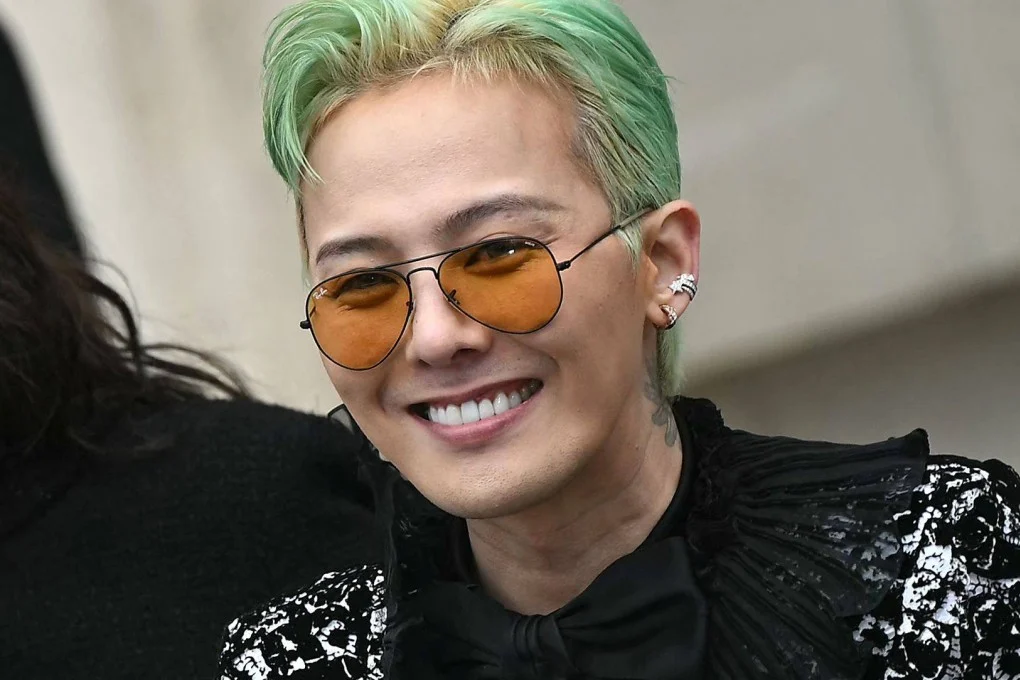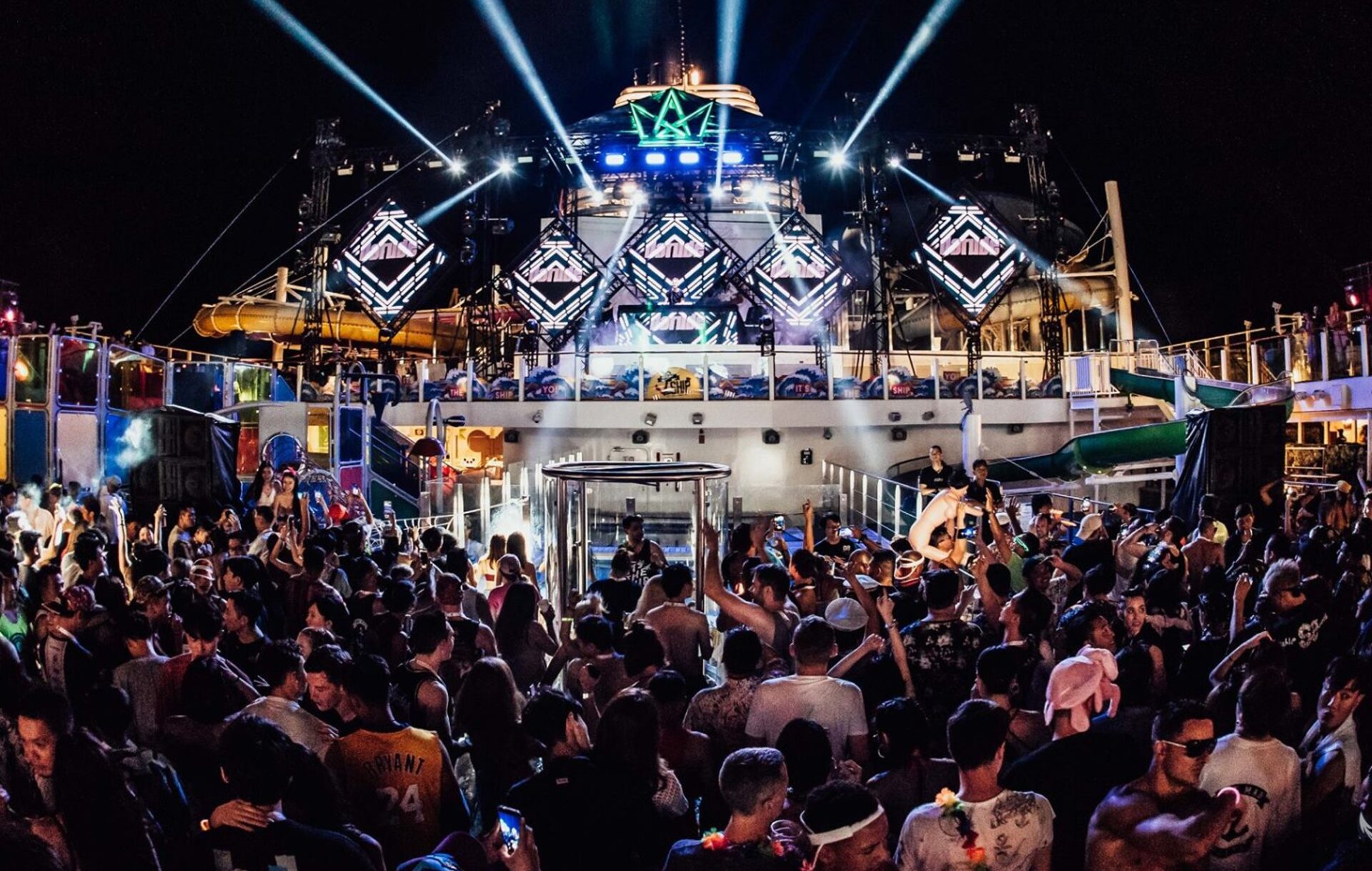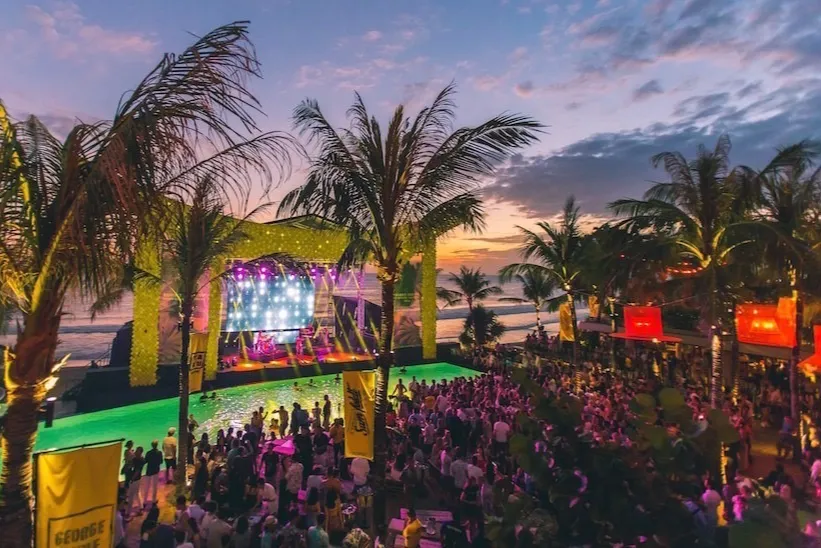Within the Singaporean music ecosystem, there are few names that are as synonymous with the scene as Danny Loong and Timbre Group. Over the last two decades, Timbre’s stages have welcomed various musicians across genres and sounds, both rising artists and established acts alike.
Following the closure of the influential arts centre, The Substation, and, by proxy, Timbre X @ The Substation, Timbre Group has since remained busy with its other ventures. Most recently, the company launched Timbre+ Eastside, a new food park at the Singapore Expo, where fares offered range from Nasi Lemak to Mookata.
While live music performances are still not allowed at places where food and beverage are served, the Timbre Group has managed to maintain its bearings over the last two years. CEO Danny Loong, also a veteran figurehead in the local music community, sits down with Popspoken for a chat about his love for The Blues, Timbre’s impact on Singapore’s music circuit, and navigating the ever-changing pandemic regulations.
Having been part of a blues band in your earlier years, you’re known in the scene as a man of the Blues. What first sparked your undying love for blues and what were some challenges you faced being a gigging musician?
Oh wow, what a question! This goes way back to the 2000s – I’ve loved the Blues even before that. I think I was around 16 years old when I first heard Eric Clapton’s earlier recordings. Through Eric Clapton, I got to know about B.B. King, and other iconic African American musicians. That’s when I got really deep into the Blues, because I think there’s something about the music that’s very powerful and inspiring. These are people who’ve gone through so much adversity in the Jim Crow era and the American Civil Rights movement. These were all the people who were making music then, so whatever they were expressing was something very deep, and I was drawn to it.
The very first time I heard the Blues was actually during a World Cup game. In those days, they had a music intermission between the games and there were two Boogie-woogie pianists playing. I was so impressed because they were playing the music so naturally, and they had no score – they were just jamming. By that time, I was listening to Pop, J-Pop and Britpop, so the Blues seemed so powerful to me when I was first exposed to it. Eventually, I learnt about its history and, long story short, I got inspired by the Blues.
I met B.B. King when I was 18, he signed my guitar and I got to talk to him for a little bit. A few years later I went to Australia to study film. During my time there, I’ve gone through some unpleasant experiences to do with prejudice and race, this was around the late 1990s to the early 2000s. Because of that, I made a short film about racism called Universal Blues. I got to tour the film at film and music festivals, which was where I met my band partner Trevor, and we formed the band Ublues, named after the film. We were the only few Asian people in the Australian music circuit, playing at country towns.
That experience really taught me a lot – I was playing at biker festivals, I was playing in some rough towns. But what was really powerful was that, despite us being Asian and out of place, the locals loved the music and we became lifelong friends through music. Language can be misunderstood, cultures can be misunderstood, but music is a universal language.
You started Timbre Group in 2005 with Edward Chia at a time when local musicians don’t have as many platforms as they do today. What were the main challenges in shaping Timbre as a platform for the local music community? When did Timbre transition from being known for cover bands to a venue to catch the latest Singaporean talents?
It’s always a challenge; it’s two very different communities. But, that does not mean that we didn’t try to connect them. In the beginning, 2005-2006, we were at The Substation Garden and not everyone knows where that is. At that time, SMU was still being built up, the National Library was being torn down, S11 was torn down, so the whole area was a mess and it was very difficult to navigate the area. But, we had the advantage of an amazing carpark behind us that had free parking after 6pm!
So, we knew that we needed to book bands that could attract a crowd. The most important thing for me was connecting with the audience, so, from Day 1, that was what we were looking for in the bands. At the end of the day, I don’t look at cover bands and original bands as a segregated thing. I’m a person who plays cover music, but I also play originals – I don’t come from just one or the other, and I value both. What we wanted to do back then was to build the audience, to make sure they appreciate live music. The band’s job is really to just connect with the audience – talk to them, get them to dance, make them laugh. I think we did that very well.
Eventually, once we had the audience, we decided it was time to support Singapore’s original music scene, and we had the longest running gigs supporting original local music called Singapore Originals. I believe we went on for about ten good years, until we had to close The Substation. The approach is, essentially, to make people watch a live band and make sure they’re entertained while, at the same time, broadening their knowledge of the original music we have here.
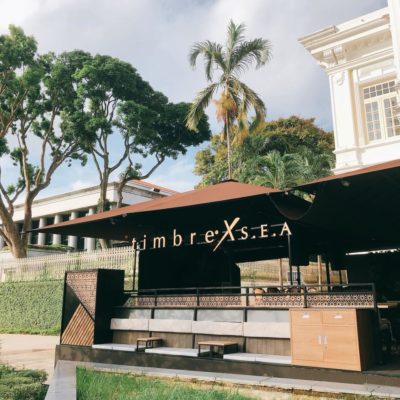
Photo from Facebook (@Timbrexsea)
There’s a real kampung spirit in what you’re building in Timbre, the support and aid for burgeoning members in music to develop their craft and business – where do you think that comes from? Perhaps from growing up visiting your grandmother in Pulau Tekong during your formative years?
That’s one of the things that impressed upon me – as a young kid, my grandma was living alone in Tekong and we used to visit her once a week, so yes, that’s one. But I think, more importantly, growing up in Singapore, I studied in schools that are very diverse, and it’s all about having a diverse group of friends. I used to love football and I bonded with friends of other races through football and supporting the same teams. Back then it really was all about the kampung spirit; I come from a different era, I guess. In today’s social media age, it’s a bit difficult as we hardly talk as much in person anymore.
When I was playing in the music scene, the kampung spirit was also very prevalent. We used to jam at Crazy Elephant or Down Under and there were all kinds of people, but we could all laugh together and enjoy music together.
The kampung spirit is really just a part of me and the Timbre Group. I am very proud to hire all kinds of people. In the early days at Timbre Substation, I would look out at the crowd and it looks like Singapore. Sometimes when you go to a place, it does not look like Singapore, but I loved the fact that Timbre always did – we had people of all different backgrounds coming together and feel comfortable around each other. I hope to get that back when live music comes back.
Your festival, Timbre Rock & Roots, has seen some of the best musicians grace our stages including artists such as Bob Dylan, Robert Plant, and John Legend. What was it like working with such musical icons, and were there any memorable anecdotes you can share?
There are so many! Not only have I hosted them, I’ve had the pleasure of being on the same stage as them as a supporting act. It was amazing! Meeting Robert Plant was one of the best experiences I’ve ever had. I got to spend a lot of time talking to him and we did an interview together. It was supposed to be a ten-minute interview, but it ended up being 18 minutes.
One thing that I can reveal is that the one place he really wanted to visit during his time in Singapore was Little India. Him walking around Little India was such a memorable sight; all the stallholders were staring at this weird-looking angmoh. [Laughs]
John Legend was great, too, because, when I met him, he was just blossoming. He just won his first Grammy, was very young and still single. [Laughs] He was very different from now, and he was just reaching his peak.

Photo from Facebook (@bluesloong)
Can you reflect on the impact that the Timbre brand has left on the Singapore music scene?
I’ve got to tell you, I’ve been doing this since 2001-2002. I had my Ublues Fest before Timbre, so I’ve been in this business for about 20 years, and it has its ups-and-downs. But what I will say is that, maybe, we need to develop out audience a little bit better. Bands and festivals depend on the audience and the energy of the people, and I think that’s something we need to improve on. Maybe it needs to be led by the artists too, I reckon.
There’s a level of cynicism in Singapore that I don’t really like, and I hope that it decreases. If the artist is good, then they’re good. You don’t have to wait for someone else to say that the artist is good before following that same idea. If you think someone’s amazing, go up to them and tell them that. I think we need to make up our minds on who we support and how we show that, because the smiles and applause means the world to performers.
You know what’s funny? Some of the biggest supporters of Singapore music are not even from Singapore! I know some of them, and they are hardcore supporters, by the way – they are even investing money in our music scene. So, I think we need to do better because we can never grow the scene if we don’t do that.
Congratulations on the launch of Timbre+ Eastside! What was it like navigating the flip-flopping restrictions opening this new F&B space?
We just had to deal with it professionally. It’s been a very challenging time, but I think we got through it! [Laughs] We had a very good launch, actually. Everyone in our team worked very hard to make it happen. We weren’t sure what was going to happen and what announcements were going to come, but thank goodness everything worked out for us. The 5-pax dine-in cap was announced a week before we launched, so that really helped.
The media has been so kind to us – from mainstream media to social media and bloggers, everybody’s been very kind. I mean, we are new and it’s still quite challenging, especially with the new COVID-19 variant, but I hope, not just for us but for everyone in F&B, that this stabilises soon.
It remains to be challenging, but, I think, we’ve already made it through the worst. I hope things won’t be as tough as what we’ve been through, but we came out of it quite well, actually!
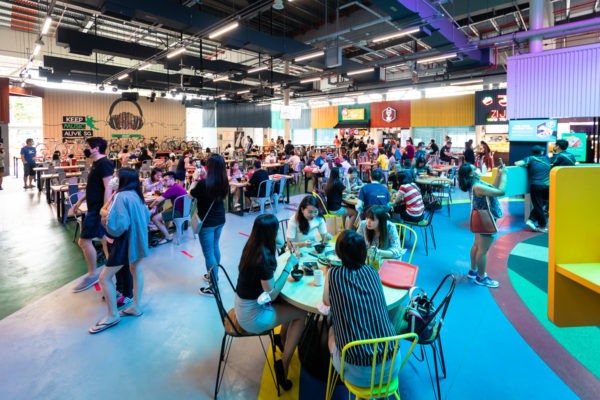
Photo from Facebook (@timbreplus.eastside)
What are some of Timbre’s plans in terms of music and performances for 2022, should reigning restrictions allow?
The tough part here is that we are still not allowed to have live music in any form if it involves food and drinks. But, we are actually working on a series of concerts for March, so we are still working things out for that. We’ve done it before with our farewell concert series for Timbre Substation before it closed – we pulled off 66 shows with all kinds of bands across various genres, and out of those, 36 were sold out. We tried to showcase what Timbre Group is all about.
For the next concert, because the capacity is limited to about 400-500 people, we have to program it in a more structured manner. But, yeah, we will always try to fit in where we can. We were one of the first few to start live-streaming at the start of the pandemic, and then we moved on to live in-person performances for Goodbye Garden, and now we are looking at a bigger concert venue. I think it’s all about developing a plan and moving forward with each step.
Of course, I really hope that the announcements will come saying that live music can resume at F&B outlets. People just want to relax and listen to music, especially with travel being so limited.
For the latest updates from Timbre Group, visit their website at timbregroup.asia.
Want more Music news and interviews? Check out our Music section.
